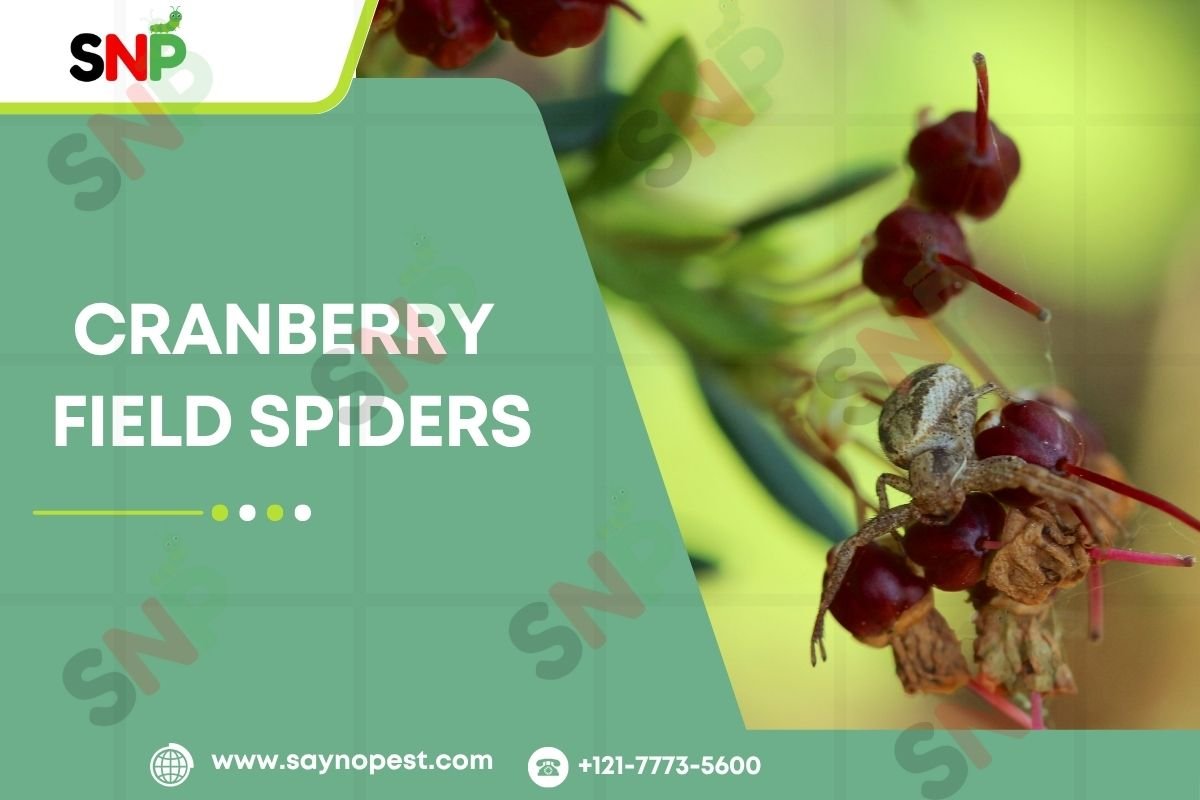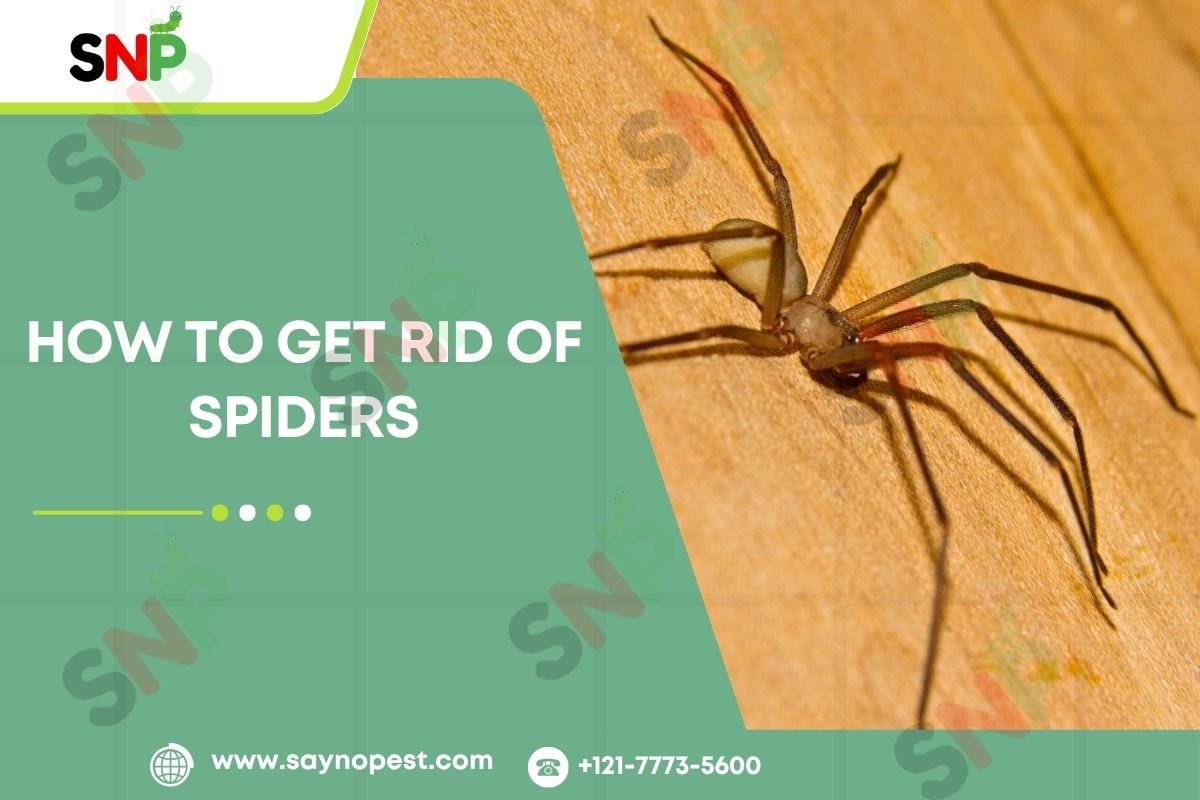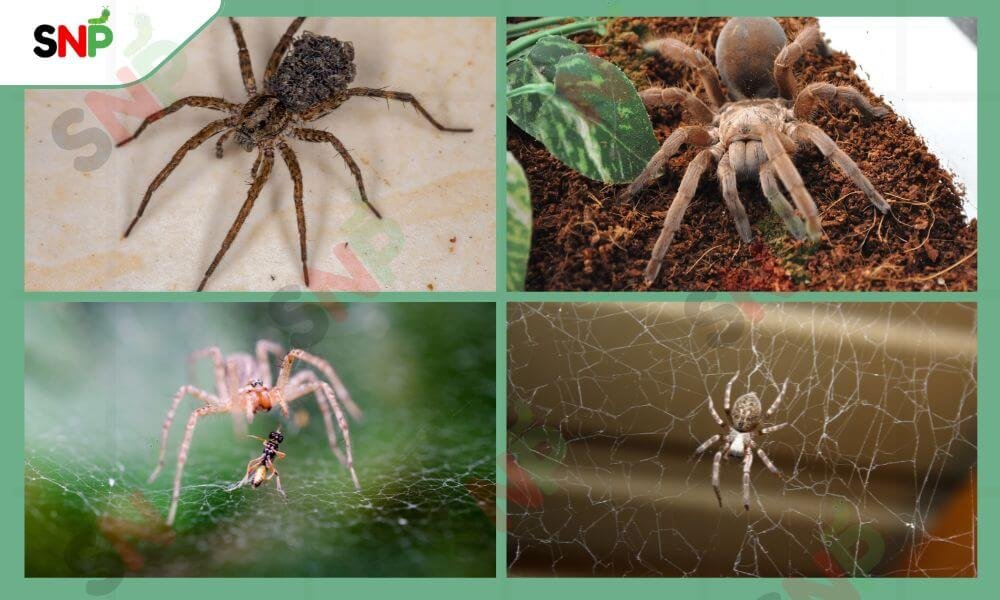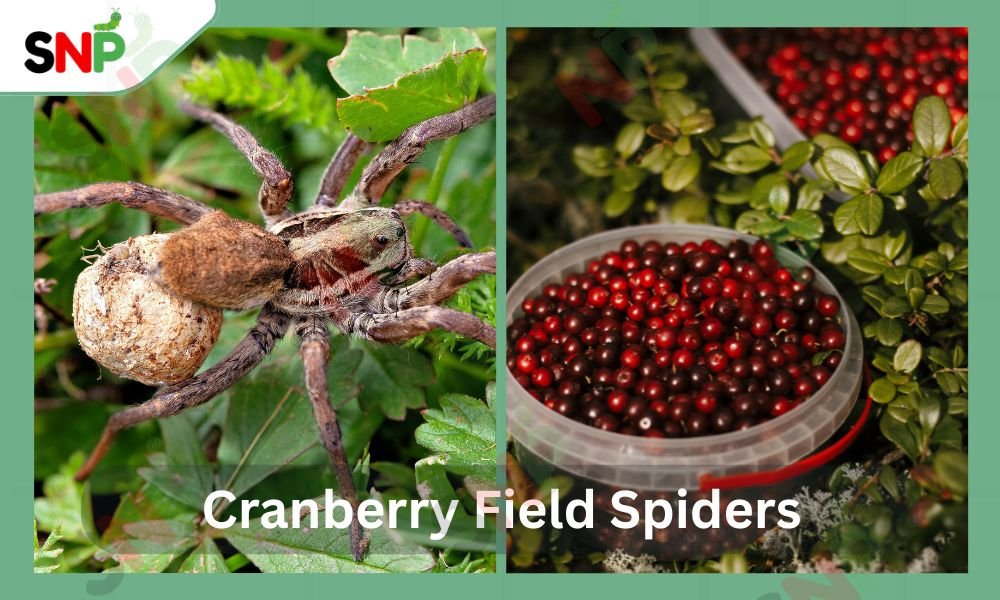Cranberry fields throughout the United States are not only a stunning location for people, but they are also full of life, as many unique animals live there. One of the most extraordinary interactions of these ecosystems belongs to the group of cranberry field spiders that, through a variety of their species, help the system to stay healthy and productive. So, now if you feel like acquainting yourself with the cranberry spiders, then follow me as I unveil their mysteries and reveal why they are a headache for but also a boon to farmers.
Cranberry Fields: The Perfect Spider Habitat
The specific habitat type known as cranberry bogs exists as specialized wetlands that combine acidic peaty soils with flood events. The harsh but well-endowed environment of cranberry fields serves to support many forms of wildlife, along with the adaptable cranberry field spiders. The combination of cranberry vine density with high humidity and variable water schedules creates an environment where spiders as well as amphibians and insects, easily find shelter while hunting for food.
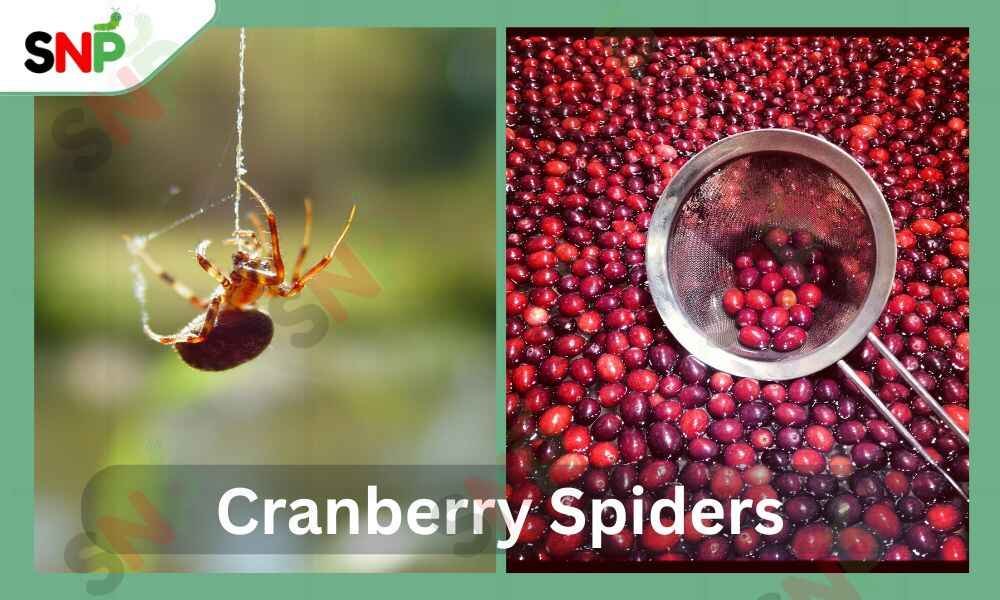
Appearance: How Do Cranberry Field Spiders Look?
The name cranberry field spiders is a more general term used to refer to spiders of different families, each with distinct looks:
- Wolf Spiders: Wolf spiders are a commonly visible kind with enormous, firm, and hairy bodies. They possess eight eyes arranged in three rows and are usually brown with dark stripes. Their quick movements and sharp eyesight make them skillful hunters.
- Crab Spiders: Crab spiders possess words which clearly do not match their actual significance, as the spiders possess distinct deceptive qualities. The body of Crab Spiders shifts color to blend with its environment, and its back legs remain shorter than its front walking legs, which creates a crab-like form.
- Orb Weaver Spiders: The Main quality of Orb Weaver Spiders consists of colorful, multi-colored bodies combined with the artful webs stretching across cranberry plant territory.
- Jumping Spiders: Jumping spiders exhibit small size along with agile behavior and shiny appearance, coupled with their large anterior eyes, which result in a curious appearance.
In all cases, cranberry spiders are creatures that are most suitable for living in the wet, solid, and ever-changing space of the cranberry bogs.
Spotlight: Cranberry Bog Spiders and Cranberry Wolf Spiders
Cranberry bog spiders are the popular scientific name for spiders that make their habitat in the wet, peaty region of cranberry cultivation. The bog-adapted creatures function as biological control agents while eating insects that damage cranberry crops, but they cannot be classified as one specific species.
Among them, cranberry wolf spiders (family Lycosidae). They are the most outstanding. These agile predators do not weave webs but actively move around while searching for prey, such as cutworms, fruitworms, and weevils. Their preference for humid, water-rich environments makes cranberry bogs their ultimate sanctuary. It is worth mentioning that during the wet harvest, Cranberry wolf spiders might even run on top of the floating cranberries to escape the rising water- a scene that the fieldworkers cannot forget easily.
Although cranberry wolf spiders are not a threat to humans, their size and looks sometimes cause fear in people. The fact that they can control the number of pests, on the other hand, makes them a green option as opposed to using chemicals.
Pros and Cons of Cranberry Field Spiders
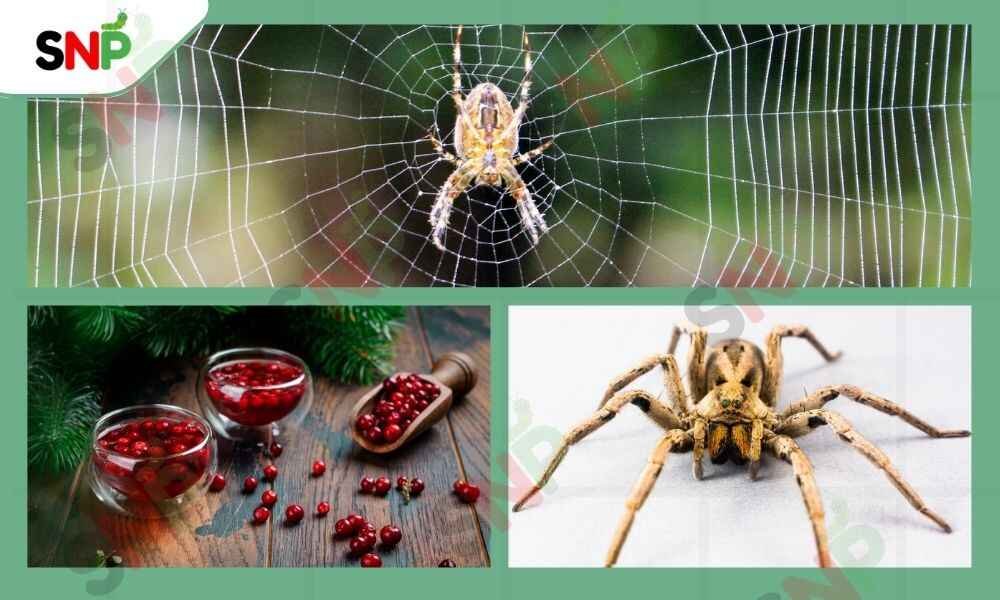
Cranberry field spiders have some pros and cons, which we are discussing here to help you know more about these Cranberry spiders. Let’s discuss
🕷️ Pros of Cranberry Field Spiders
• Nature’s Tiny Pest Patrol: Tiny spiders from Nature operate as biological pest-control agents that feed on insects that harm cranberry fields without requiring synthetic chemicals.
• Boosts Biodiversity: The environment benefits from biodiversity when these spiders inhabit bogs because they promote a balanced ecosystem which supports various advantageous species.
• Budget-Friendly Bug Busters: Why spend on pesticides when spiders work for free? They offer a sustainable and cost-effective solution to pest control.
• Crop Guardians: By keeping harmful pests in check, they help maintain healthier crops and can even lead to better harvest yields.
🕸️ Cons of Cranberry Field Spiders
• Creepy-Crawly Concerns: Their appearance and numbers can be intimidating for workers and visitors—arachnophobia, anyone?
• Pesticide-Sensitive Allies: Overuse of chemicals or major habitat disruptions can harm spider populations, reducing their effectiveness as natural pest control.
• Unexpected House Guests: Occasionally, some spiders may wander into nearby homes, sparking a few startled reactions from residents. This may cause trouble.
• Bite Risk (Barely!): Species like wolf spiders can bite if provoked, but relax, their bites are generally harmless and not dangerous to humans.
Conclusion
The field of cranberry spiders is a perfect illustration of nature’s capability. Other than that, they are not just pests, but they are creatures of great importance in the process of getting rid of pests, as cranberry bog spiders are a perfect example of this fact with regard to this process and assistant to cranberry wolf spiders as a perfect example of this fact as they are the ones who never get tired from this work.
If you are a fan of the natural pest control system performed by fields of cranberry spiders, and you are the type of person who doesn’t want to share your home with the 8-leg guests, don’t worry, effective and natural pest control products are only a click away. Here at SAYNOPest, we help you get all this information in one place with authentic information.
